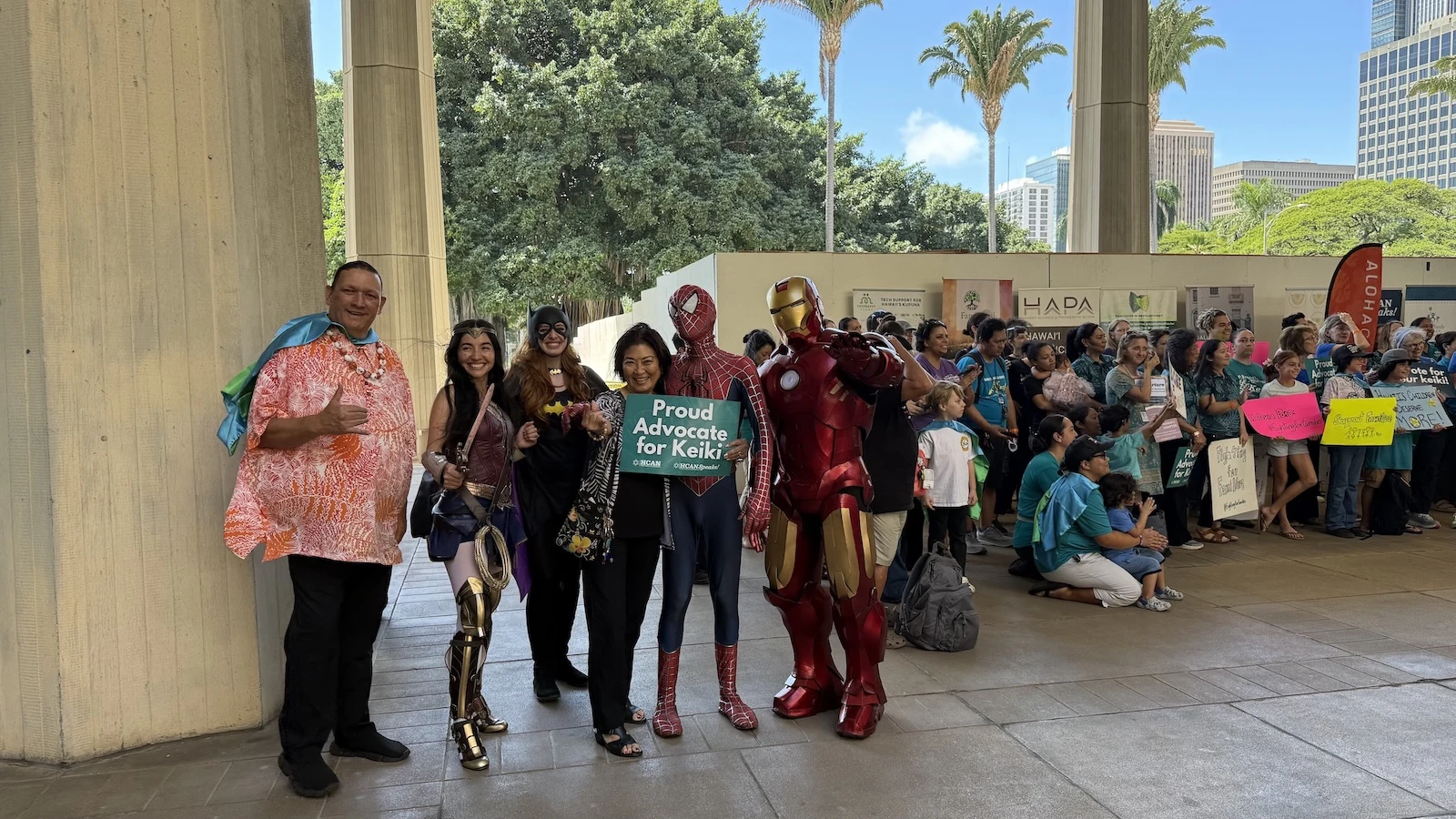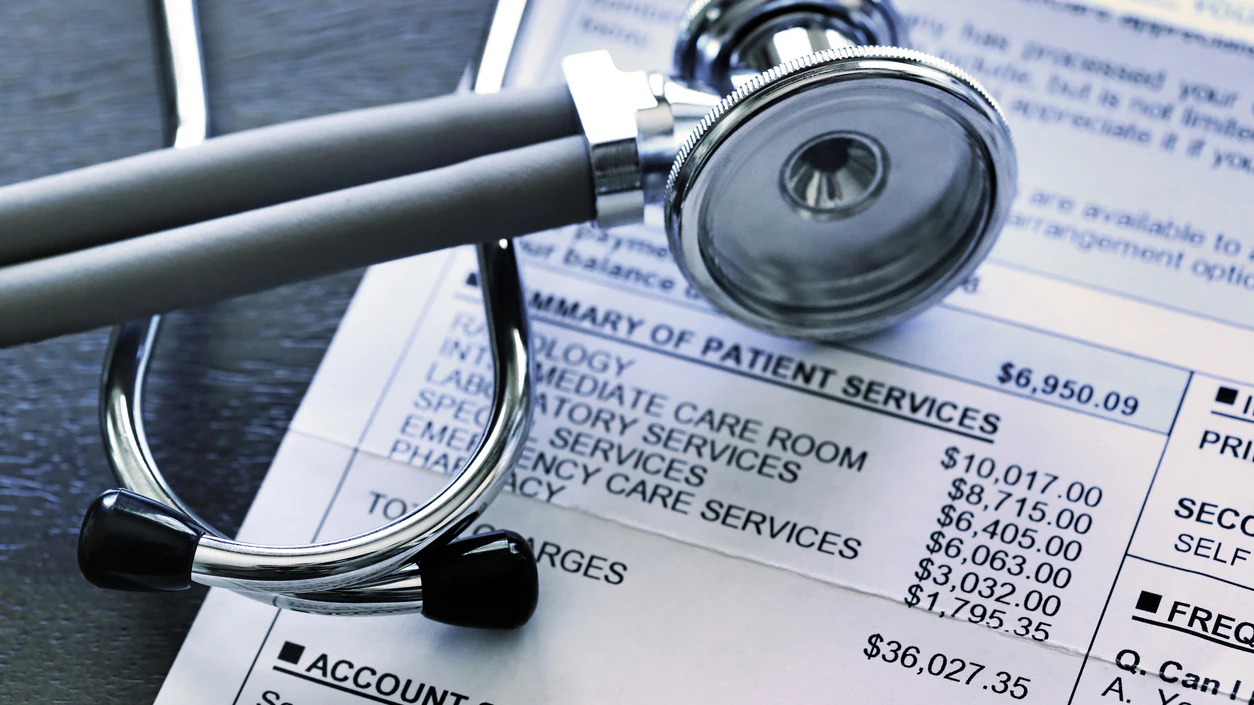The number of children growing up in poverty in Hawaiʻi has risen by one-third in just a few short years. Between 2019–2021 and 2022–2024, the share of keiki living in poverty climbed from 9% to 12%, according to new data from the Annie E. Casey Foundation. That’s nearly 37,000 children in our islands going without basic needs like food, housing, and health care.
These numbers are more than statistics — they represent real families struggling to survive in one of the most expensive states in the nation. They also underscore a hard truth: poverty is not inevitable. It is shaped by public policy, and right now, Hawaiʻi’s policies are not keeping pace with the cost of living or the needs of its children.
The same report shows just how much difference good policy can make. Without supports such as tax credits, food assistance and housing subsidies, Hawaiʻi’s child poverty rate would have more than doubled to 28% — roughly 84,000 children. In other words, government programs lifted 48,000 keiki out of poverty. That is the power of policy in action.
When supports expire, families fall
During the pandemic, emergency relief programs helped thousands of families in Hawai‘i make ends meet. Expanded child tax credits, stimulus payments, and boosted food benefits cut poverty and gave parents breathing room. When those programs expired and prices kept rising, that progress quickly unraveled.
One of my colleagues, Mai Hall, a Native Hawaiian military spouse with a special needs son, put it bluntly: “Hawai‘i is not paradise for its residents. We are the 45% of ALICE families who live and work full-time in Hawai‘i, trying to raise a family in our home. As a Native Hawaiian, I have a kuleana to raise my keiki on our ʻāina — but we can’t even afford to buy a home in my native land.”
While the federal official poverty measure says that Hawai‘i has a relatively low poverty rate, the fact is that once Hawaiʻi’s high living costs are factored in, 31 states have lower child poverty rates than we do. The picture is clear: even full-time working families are being left behind.
The real toll on our keiki
And for children, poverty is more than a lack of money — it’s a lack of stability, opportunity and hope. There is undue stress and pressure on our community, especially our keiki, while they have no control over any of it. Parents are often burnt out and in survival mode, which can directly affect their kids’ feelings of safety and comfort.
Gwen Whiting, a colleague and graduate of the Hawai’i Parent Leadership Training Institute with two young boys, shared, “Life in Hawai‘i is getting harder. Rent, food — everything keeps going up. More than ever, we’re facing the heartbreaking question of whether we can afford to stay here or move to the mainland. If prices don’t come down or wages don’t rise, I worry I won’t be able to give my children the kind of childhood I had. It breaks my heart to even think about leaving.”
These troubling stories reflect the human cost of policy inaction.
What works — and what Hawaiʻi must do
We know what reduces child poverty because we’ve seen it work here and in other parts of the nation. Tax credits that put more money in hard working parents’ wallets, like the Child Tax Credit and Earned Income Tax Credit, truly affordable child care, and paid family and medical leave are just some of the policies that would help more Hawai‘i families make ends meet.
These are not luxuries — they are necessities for keiki and their families to thrive. Every dollar spent helping a child meet basic needs pays off later in better health, education and opportunity.
A moral and economic imperative
As lawmakers debate the next state budget while facing harsh federal funding cuts, they must protect the policies that our children and families need to afford to live here. The data is clear — public programs work. Hawaiʻi’s keiki deserve the best opportunities to grow, learn, and succeed — and it’s within our power to deliver.
For more information, visit hawaii-can.org.
For the latest news of Hawai‘i, sign up here for our free Daily Edition newsletter.





